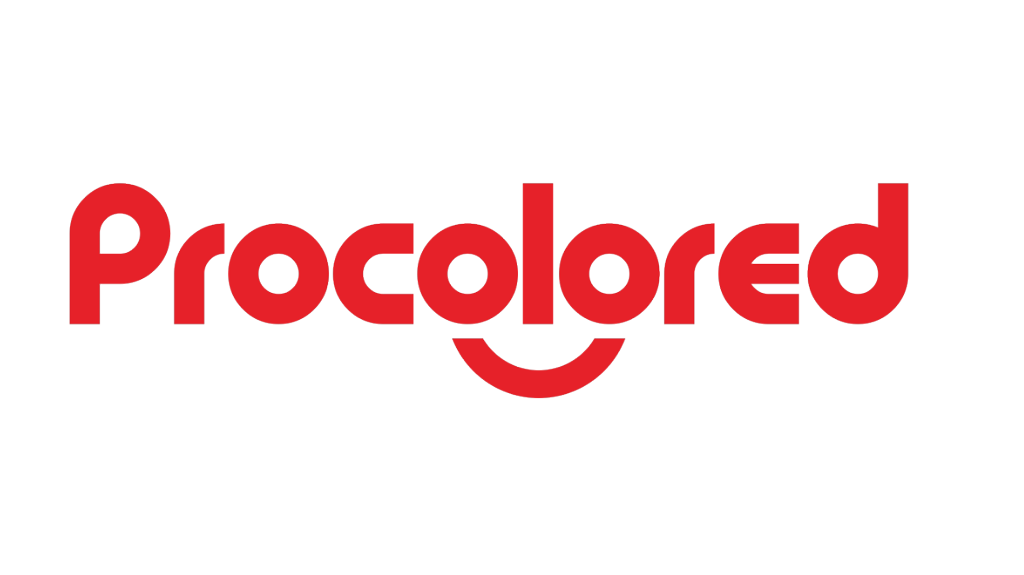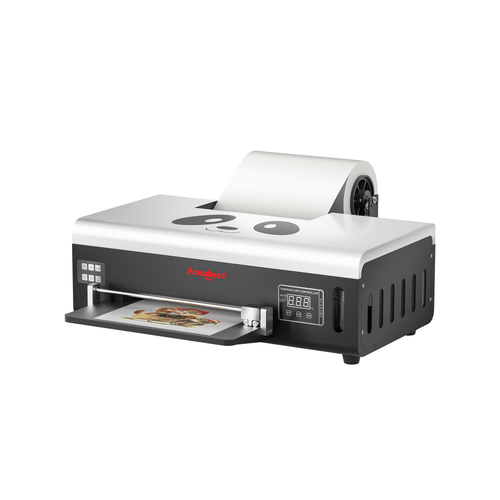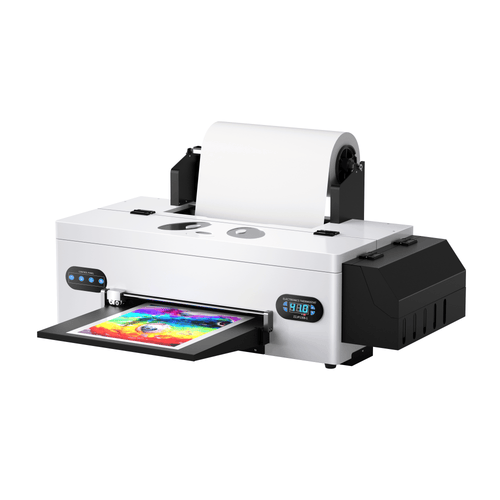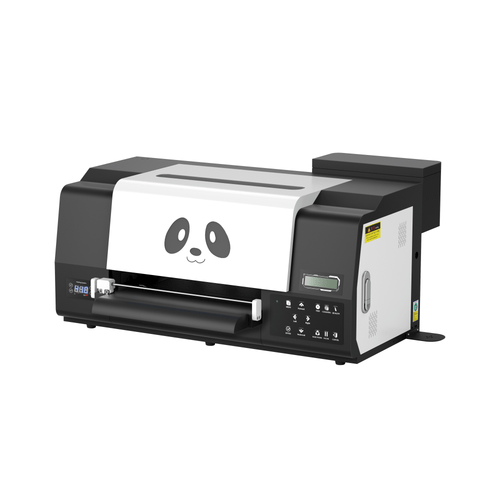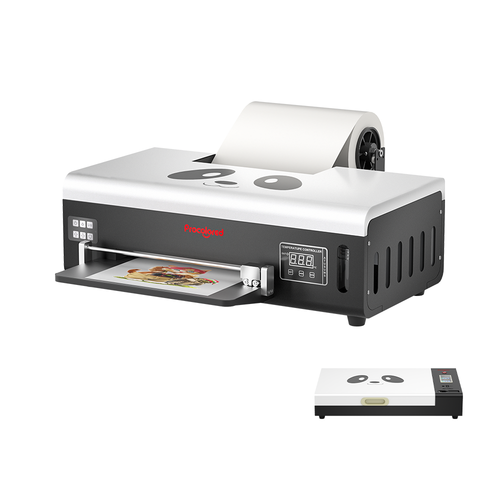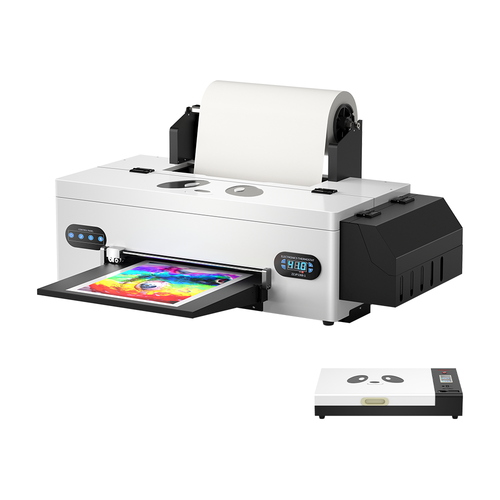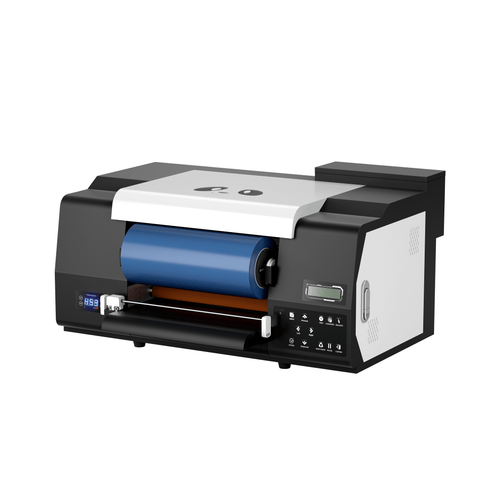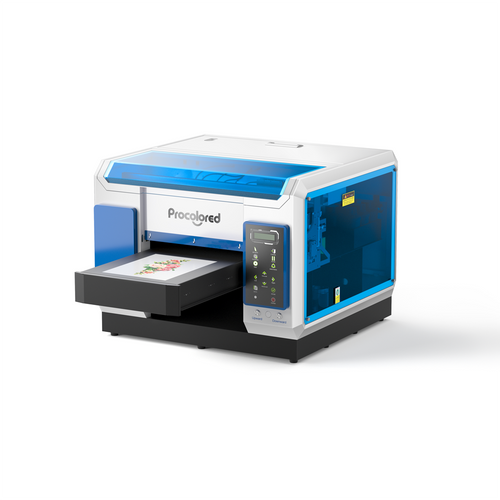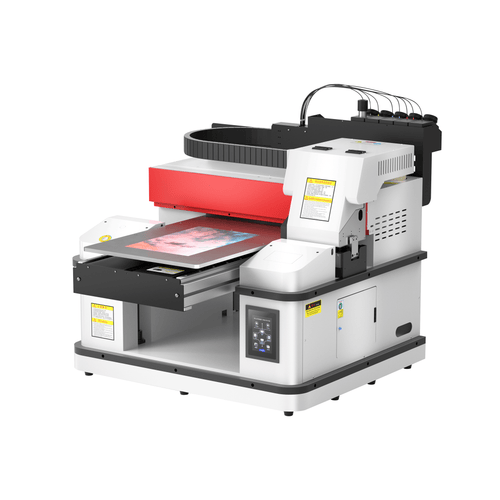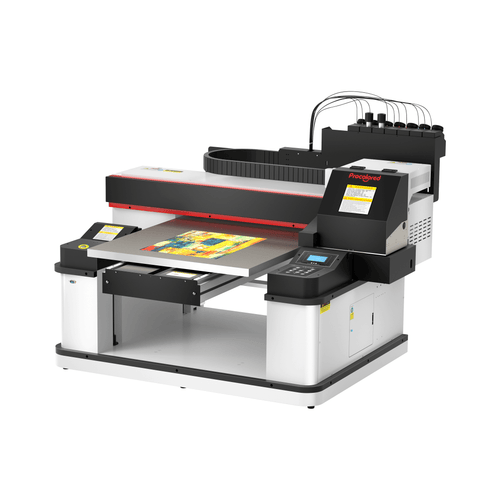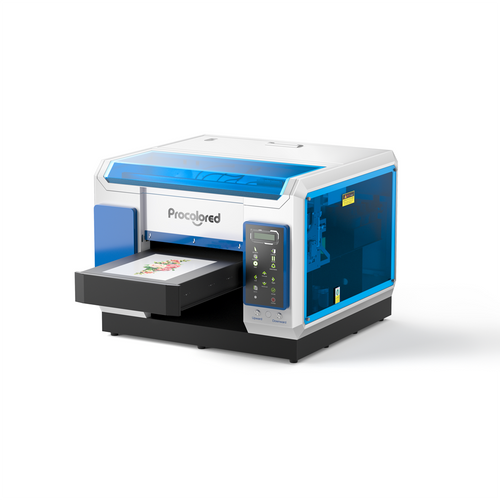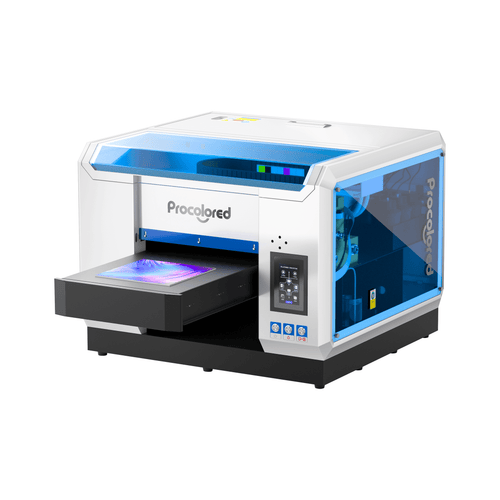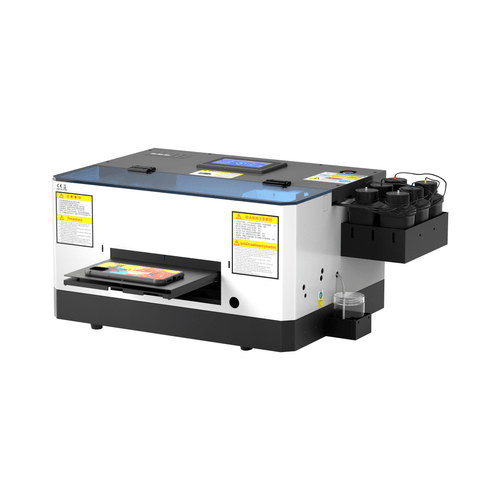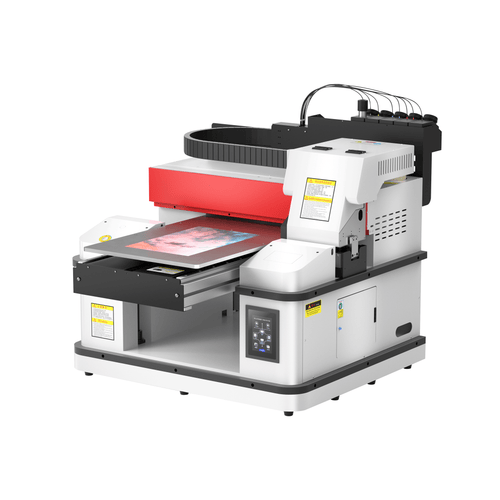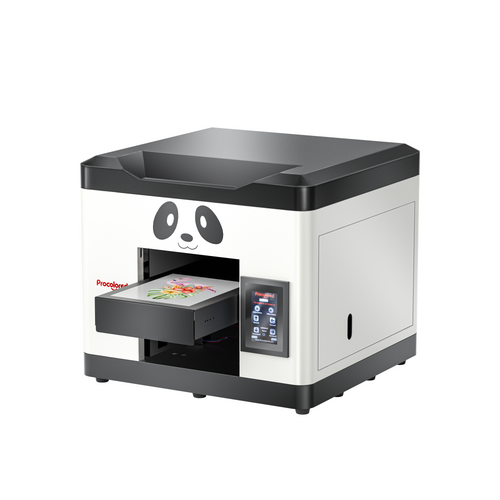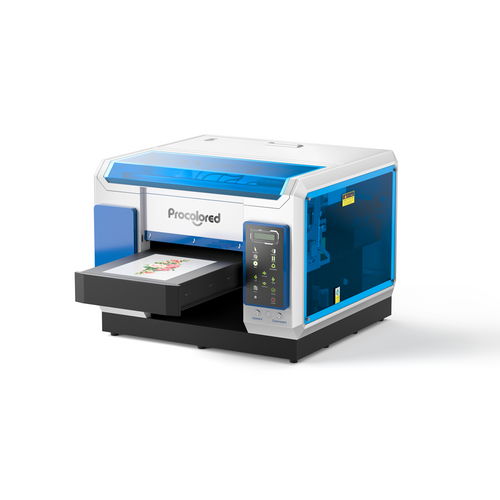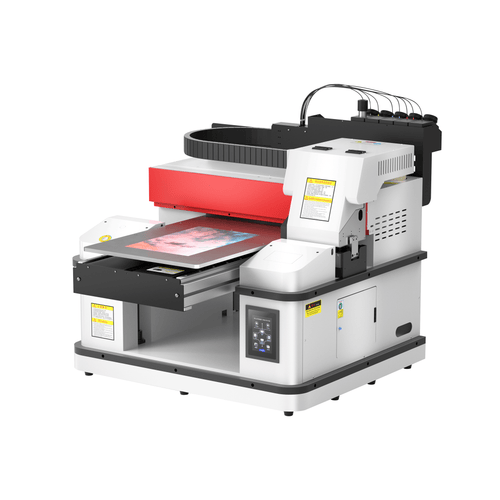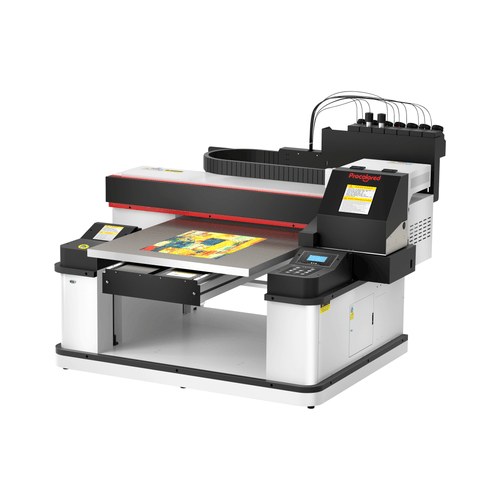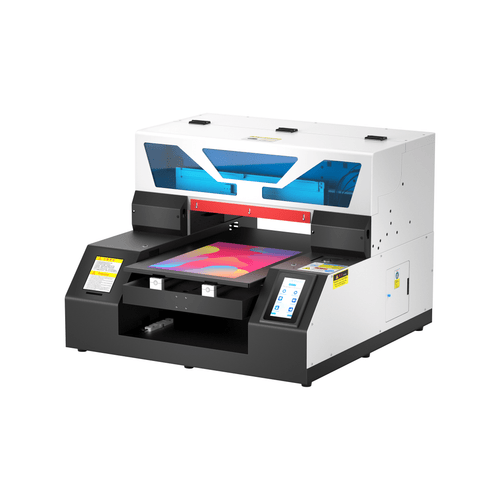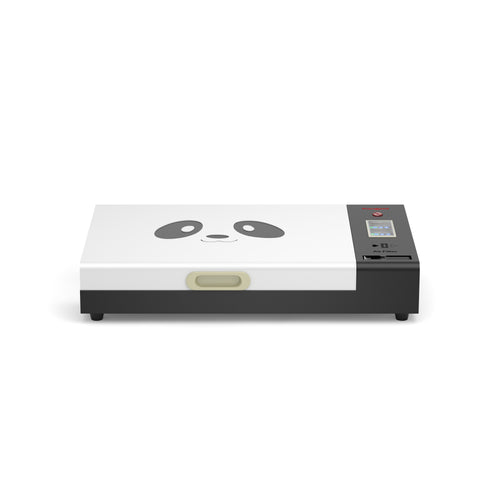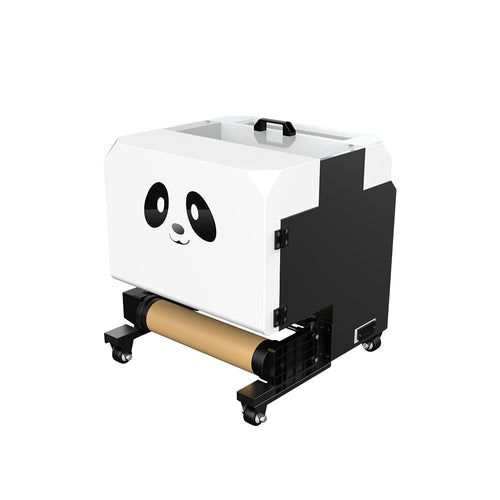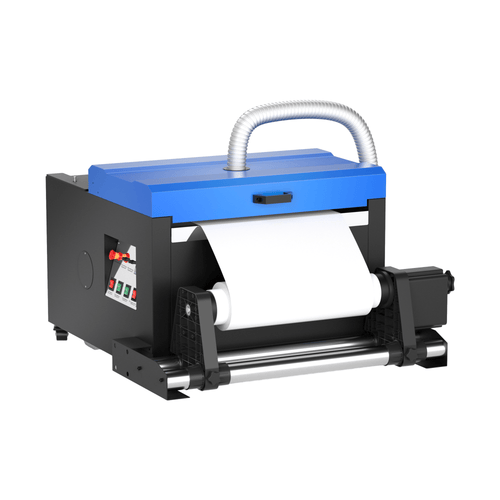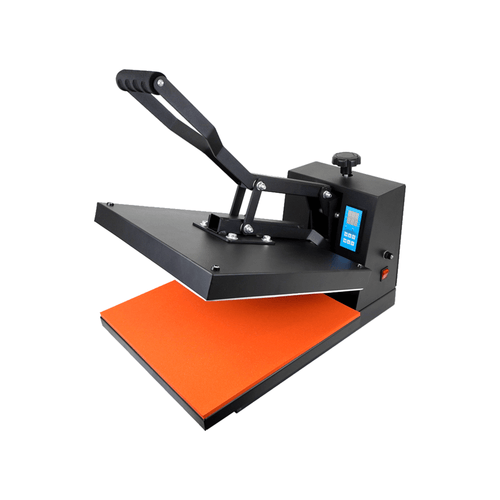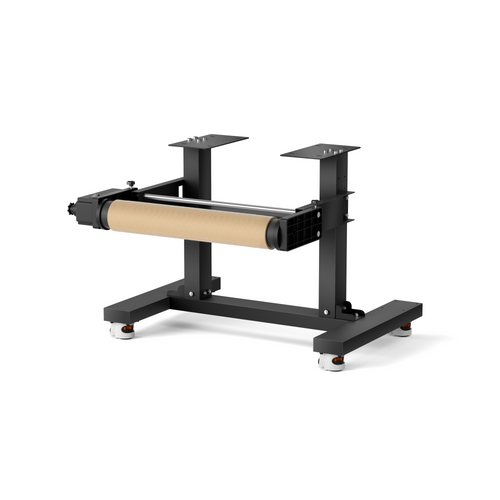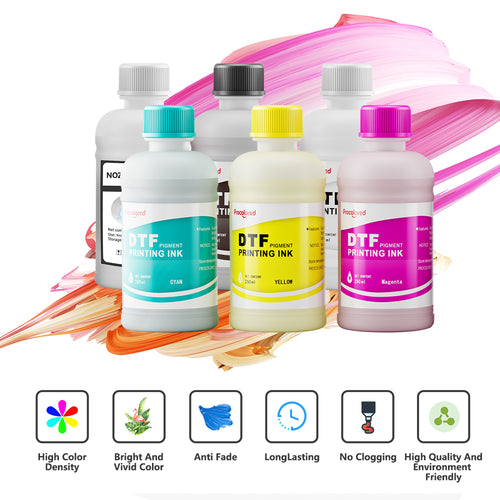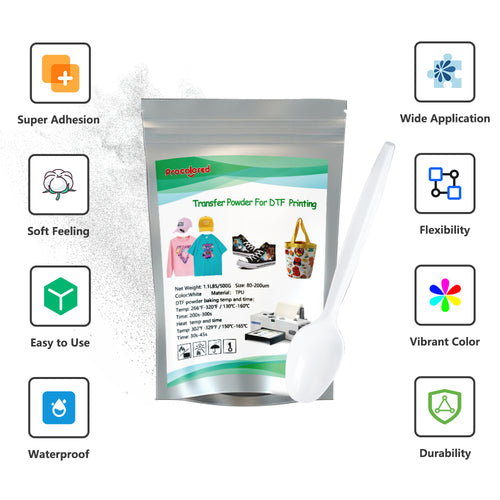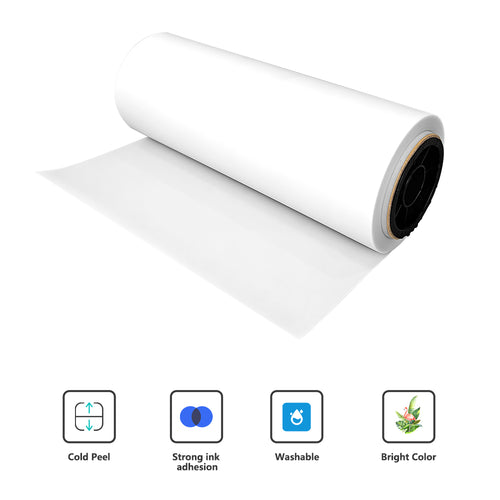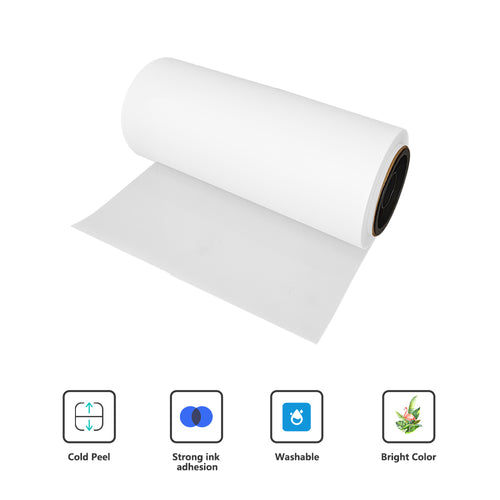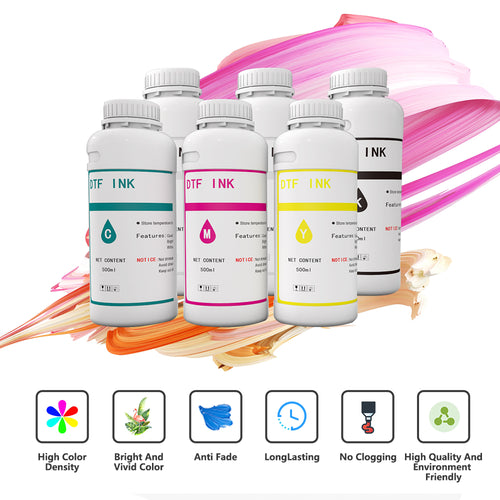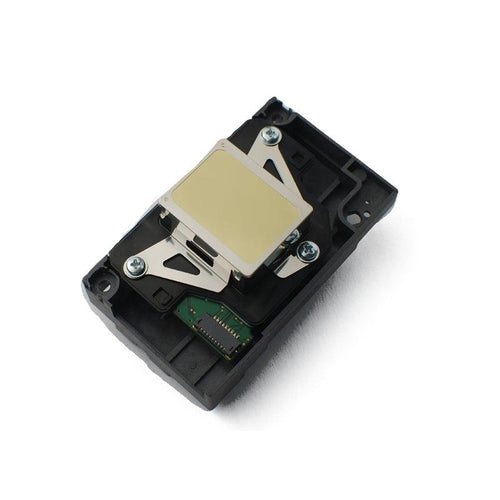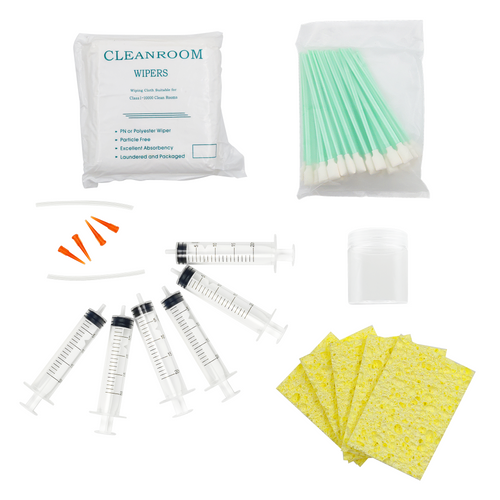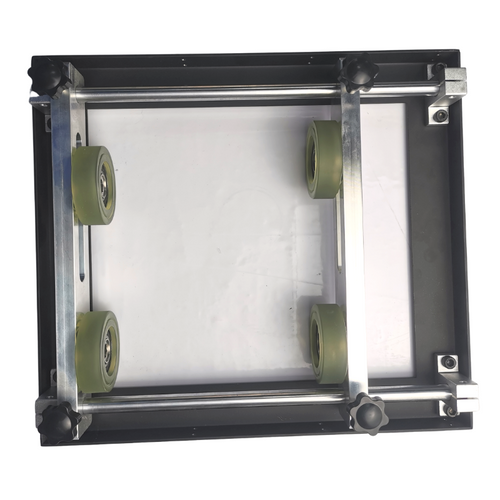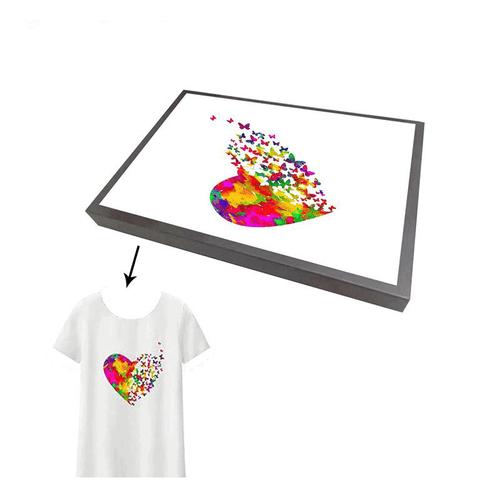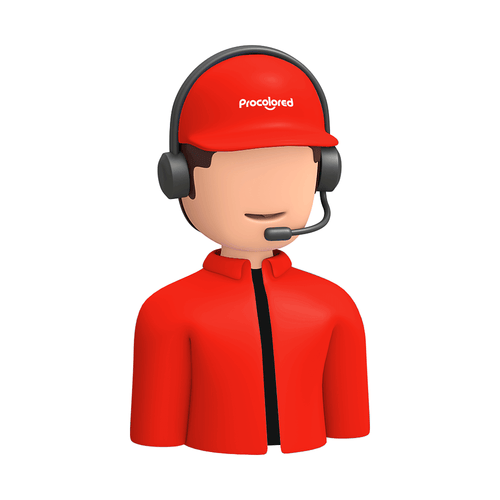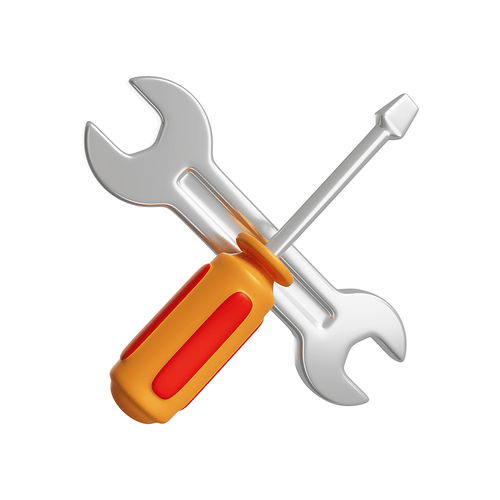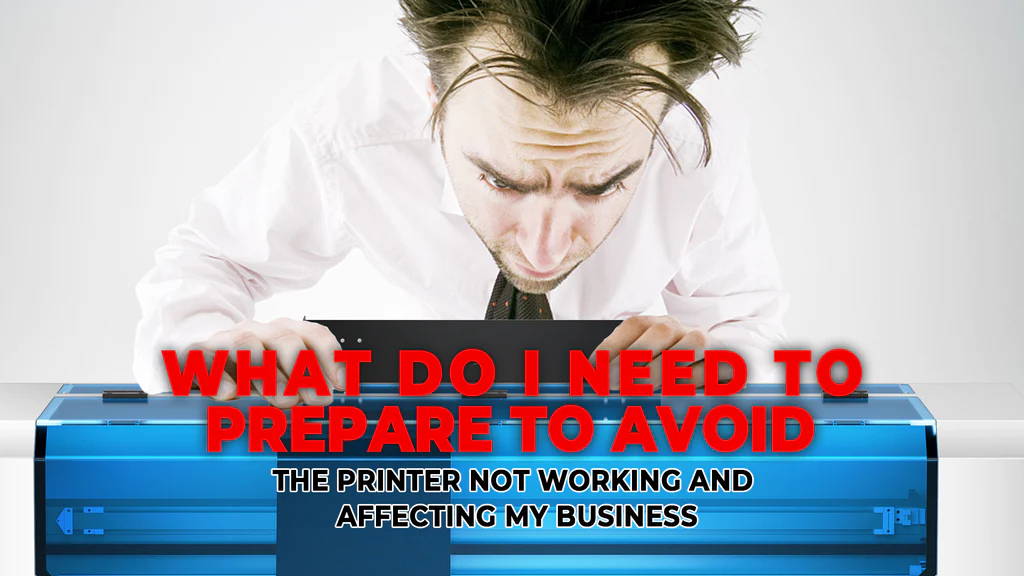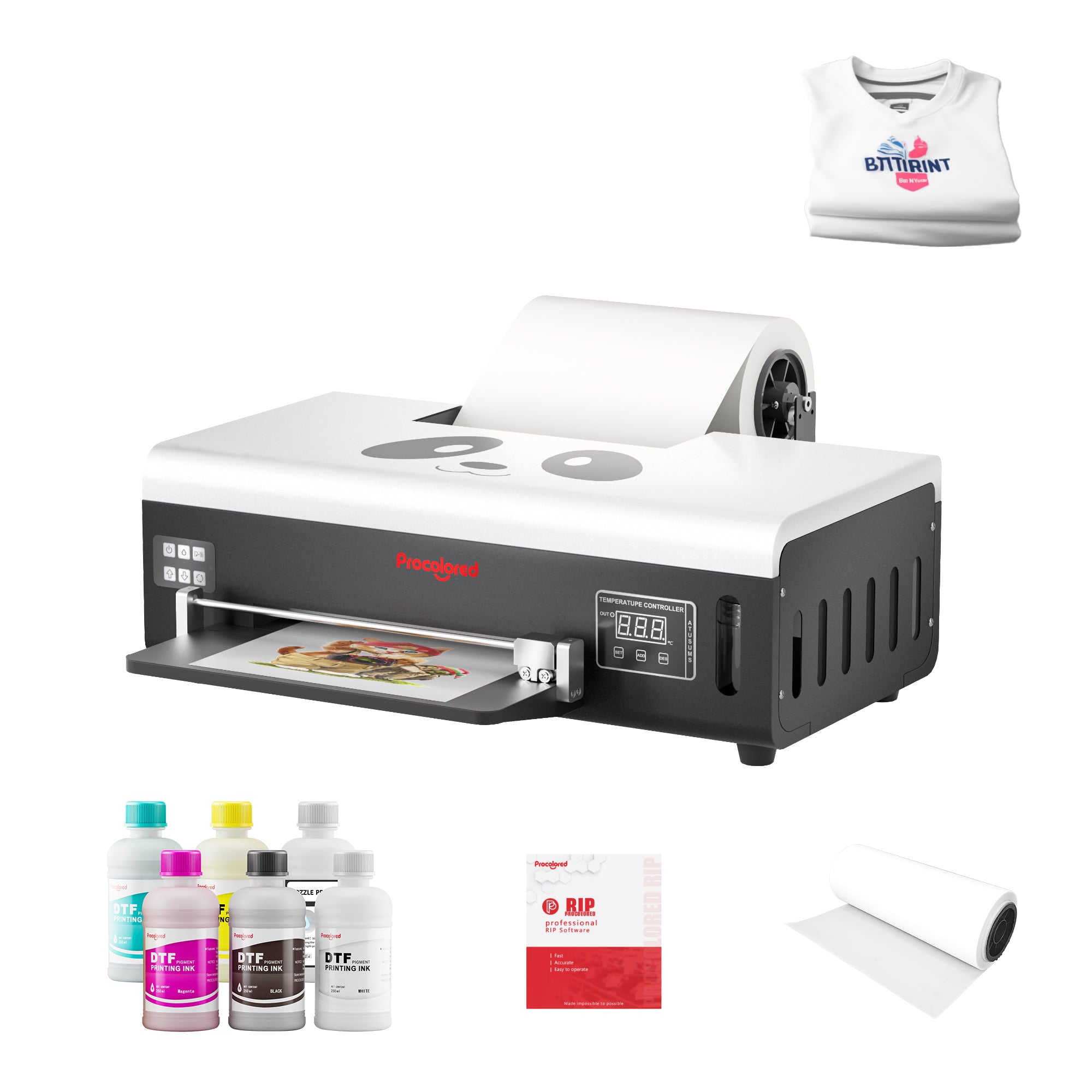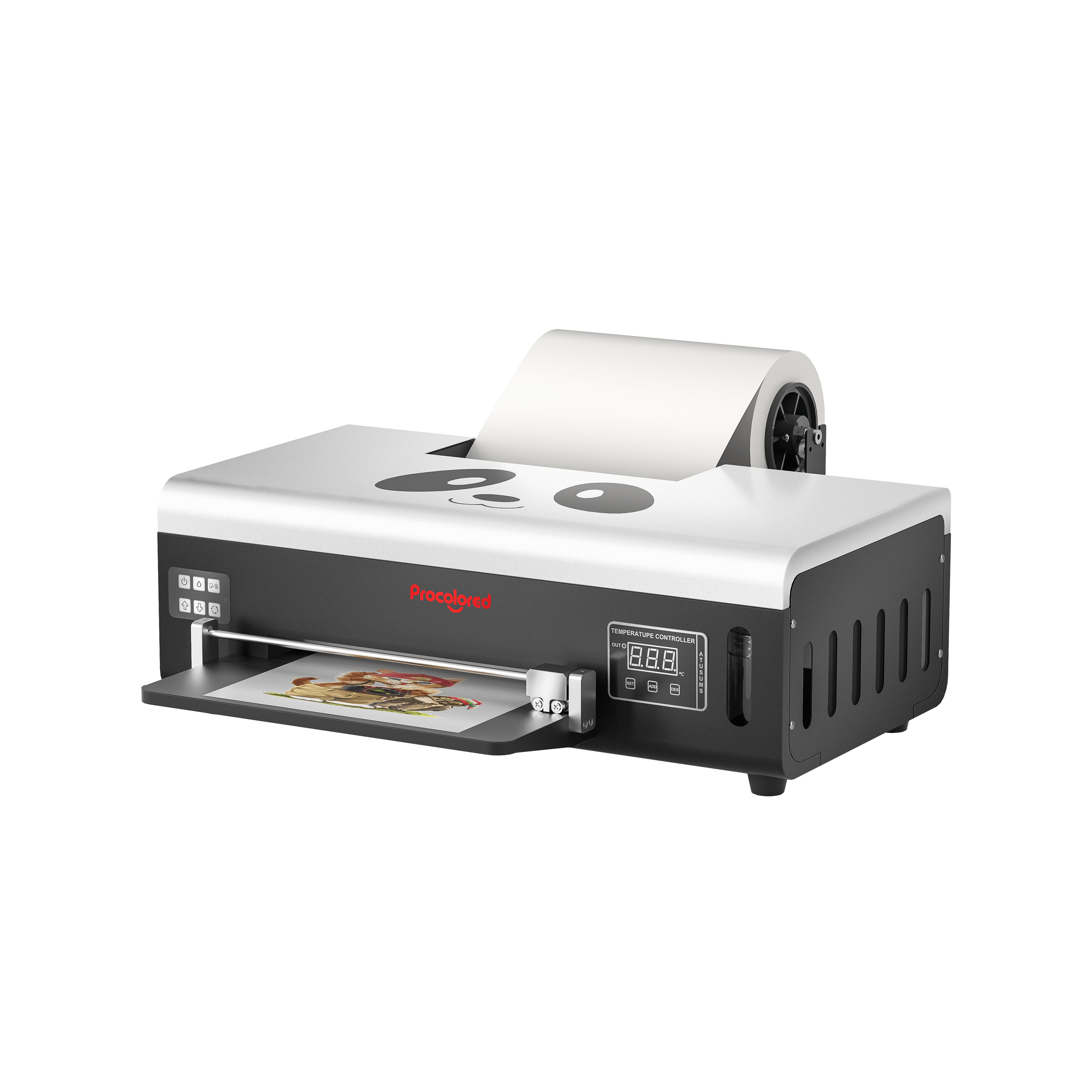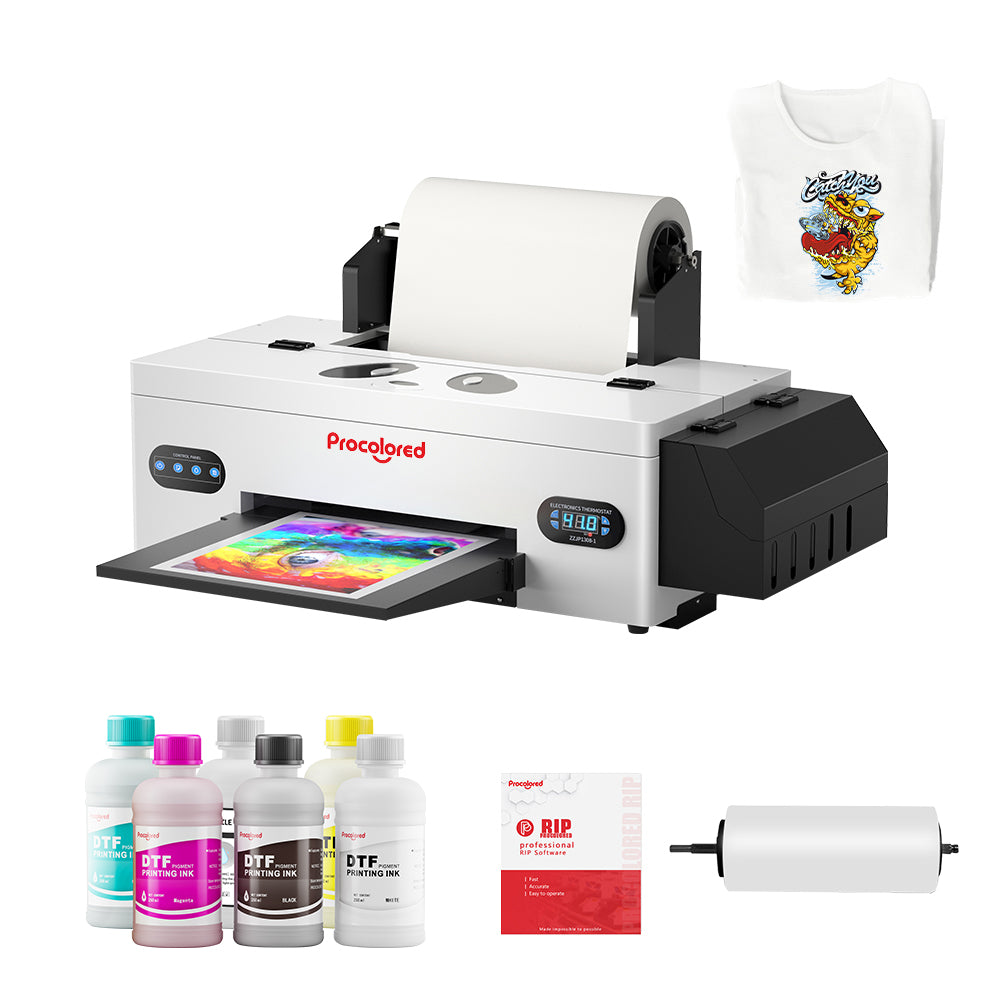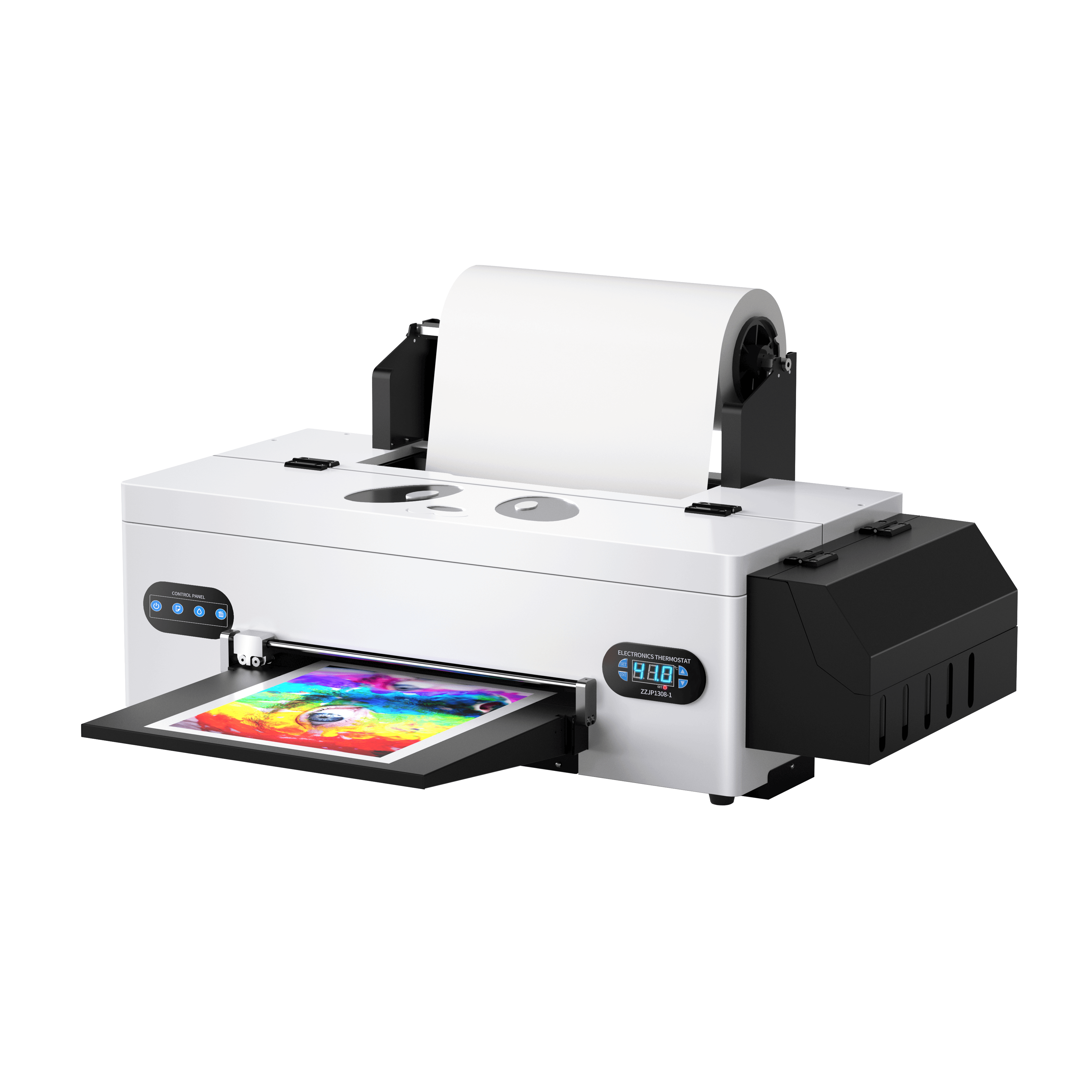Key to a Successful Printing Business - Make Your Investment Count
There are indeed plentiful cliches online about how to start a printing business from home and we assume it's unnecessary to repeat them here. In this blog, let’s focus on the “what-to-buy” session only.
PASSAGE SUMMARY
1. Equipment List for Running a Printing Business from Home
1.1 Must-have equipment
Computer
A computer in your home studio is not only crucial in graphic designing session, but also necessary for operating your own online shop and analyzing your business running situation.
Design / accounting software
Even if you’re not a graphic designer but just handling other people’s works, it’s still essential to equip your computer with design software and grasp its basic skills so that you can better meet your clients’ needs.
And a functional accounting software is also recommended to help get your business data organized and visualized.
Printer
Of course a printer! The point is about how to choose one that most fits your business mode and needs. Take fabric printing for example, there are various ways to do so, like Direct to Garment (DTG), screen printing, vinyl, Direct to Film (DTF), etc. Take both their perks and limitations into consideration and also think twice about their sizes before you make a decision. For small home studios, a compact-sized printer is certainly a better choice (but does it own functions that your business needs?) ; for bigger home studios, printer with larger format is more recommended since it covers your basic small printing needs as well as any possible larger printing orders.
Spare printing supplies on hand
Spare printing supplies include consumables like inks, films, stencils; and components like print heads and ink cartridges. Better stock some of these things in advance in case of any urgent needs but always remember I am not saying the more the better. Take inks for example, different inks have different shelf life. It’s unwise to stock up mass sets of inks in one time and finally watch them expired.
Another key for efficient supplies stocking is appropriate storage methods. Spare inks and ink cartridges are better be stored in cool, dark and dry places; sheet films are better be stored in resealable bags and put on flat surface avoiding any curling or crease, etc. There are suggestions on this just a few clicks away. Take some time to dig them up.
1.2 Other additional or optional equipment

Back-up computer - like Procolored, there are other printer brands providing software that only works on Windows system. If you do most of your work on a Mac, better get one spare Windows computer dedicated to connecting your printers.
Cutter - this depends on your own need. Some printers are equipped with a cutter; some printers are not with cutter but users prefer to cut the printing film manually. Just choose the way that suits you better.
Powder shaking machine - this may only be needed for DTF printing and it’s optional since the powder applying session can also be done manually.
Oven - oven is a recommended machine if you intend to do a DTF business. With an oven, adhesive powder will be cured quicker thus speed up the whole working processing.
Curing machine - it can be a heat gun or a heat pressing machine, depending on the specific printing business you’re in, but it is a must-buy machine for all fabric printing businesses. It helps cure the ink on fabric to achieve efficient and strong bonding.
Normally, UV printing or sticker-making business with UV DTF or vinyl printers won’t need this.
Smoke purifier - screen printing business is in great need of this since high level of Volatile Organic Compounds (VOCs) in solvents, inks or coatings will produce uncomfortable smell and a BIG MOREOVER - will do harm to human health.
Holder or fixture - UV printing and DTG printing will need this more often since these two printers directly print on the objects and may need any holder or fixture to secure them firmly.
Laminator - Sticker-making business includes a laminating process. If you’re going into this industry and have bought a printer without laminating function, a laminator is a must-buy to you.
2. Equipment Zooming in - Procolored Printers
2.1 DTF printers comparison
If you are seeking for a suitable-sized fabric printer for home office, a DTF printer is undoubtedly a competitive choice. Generally speaking, DTF printers are designed in compact size and sleek form, allowing them to seamlessly fit in most home studios. Meanwhile, the desktop size doesn’t deprive of their versatile functions at all - they are able to create striking printings that can be applied on multiple fabric substrates.
There are several DTF printers on sale in Procolored, below comparison might help you find what you need quicker:

2.2 UV printers comparison
Unlike DTF and UV DTF printers, UV printers directly print on objects thus it’s crucial to pick one with suitable allowed thickness for your intended business.
There are several UV printers on sale in Procolored, here we listing each of their allowed maximum thickness as well as other detailed information for your reference:

2.3 UV DTF printers
UV DTF printers are more frequently used to produce stickers.
There are several UV DTF printers on sale in Procolored, among them, UV DTF mini is the most recommended one since it combines printing and laminating together and frees you from operating another laminator machine.
3. Other Tips for Home Studio Layout
3.1 Space management
An organized space management is crucial to home studios especially ones of more limited size. Normally, it enhances space utilization and working efficiency by orderly storing work-related elements and dividing space into specific zones.
Below methods might be helpful in achieving more organized space :
Vertical storage organizers, pegboards, cable ties are helpful tools to achieve better space utilization. Only to note that storage methods of different things might differ, for example, vertical or angled storage for DTF sheet films should be avoided; better not set any storage shelves vertically above your printer in case of any dust accumulation.
It’s also highly recommended to adjust your home studio layout according to your personal working habits and set a concentrated working area. By doing so, your daily-needed tools will be more easily to be accessed instead of being scattered around , and your workplace will remain tidy and orderly even amidst numerous daily printing tasks.
3.2 Light setting
Light setting for printing business might not be as complex and professional as for photographing, yet it can still be designed with different arrangements to meet different needs in one printing studio.
For example, use stronger and whiter lights when checking printing quality, especially for the printings with detailed and complex graphics. While during daily working, a warmer lighting will be more recommended as it’s much more friendly to our eyes.
HOME STUDIOS SHARED BY PROCOLORED USERS
HOME STUDIOS SHARED
BY PROCOLORED USERS






About the Author - Simon
Simon has worked in inkjet printing industry for years. He has the rare ability to see print related issues from many perspectives. Witnessing the gradual development of digital printing especially inkjet printing, Simon knows better about what the users are looking for and how the new technologies will truly help big or small businesses.

About the Author - Simon
Simon has worked in inkjet printing industry for years. He has the rare ability to see print related issues from many perspectives. Witnessing the gradual development of digital printing especially inkjet printing, Simon knows better about what the users are looking for and how the new technologies will truly help big or small businesses.
Subscribe
To join our mailing list
and never miss our updates!
Subscribe
To join our mailing list
and never miss a baby update!
Subscribe
To join our mailing list
and never miss our updates!

